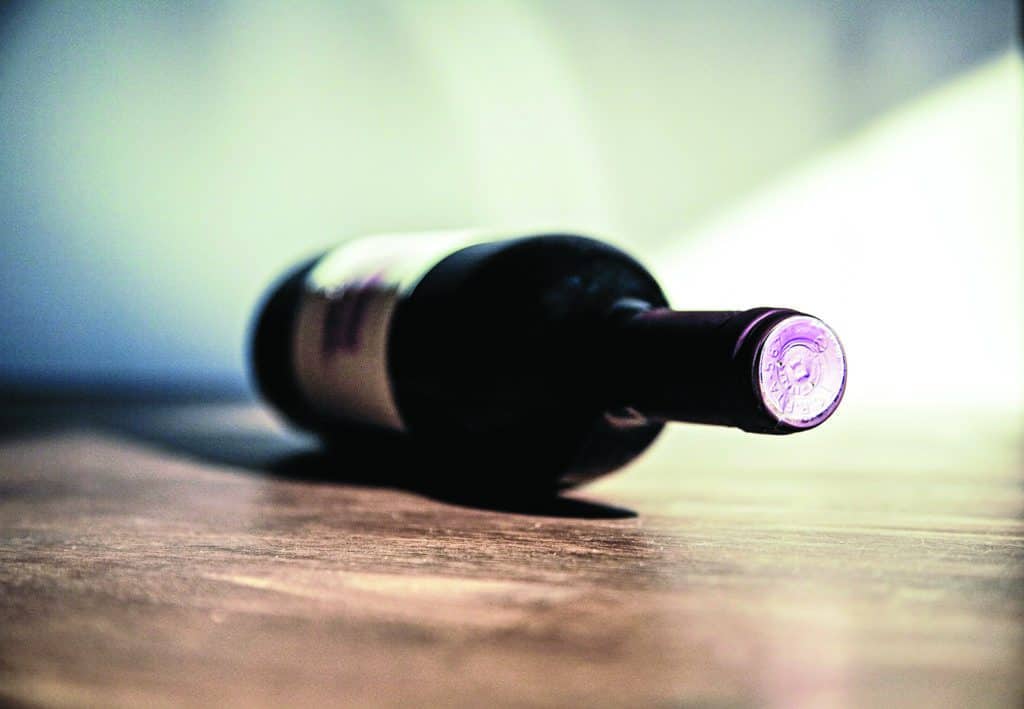It's impossible to put a cost on the heartache caused by substance abuse, but efforts are being made to quantify its financial costs in Nunavut.

Pixabay photo
The figure in a report made public last week is $96 million. That would account for lost workplace productivity and healthcare – by far the two largest sums – as well as the extra burden on the criminal justice system, according to the report's authors, the Canadian Centre on Substance Use and Addiction and the University of Victoria's Canadian Institute for Substance Use Research.
Alcohol was to blame for 45 per cent of the $96 million in overall costs – based on data from 2014 – while tobacco represented 40 per cent. Cannabis and opioids each accounted for four per cent.
"The goal of this study is to provide this information as widely as possible so folks can use the data and advocate for where they need more resources or where their programs and policies should be targeted according to the findings," said Dr. Sarah Wallingford, research and policy analyst with the Canadian Centre on Substance Use and Addiction in Ottawa.
One of the greatest disparities between Nunavut and the provinces is per capita costs. Nunavut rings in at $2,652 per person compared to the national average at $1,081. There are three reasons for this, according to Wallingford: the higher prevalence of drinking and smoking in Nunavut; the higher costs of providing health care; and higher median wages, which makes long- and short-term disabilities associated with substance use more costly to Nunavut employers.
The issue is further complicated in the territory by other factors, such as a lack of housing and a shortage of nutritious food, said Opal McInnis, addiction treatment specialist with the Department of Health.
"All of those issues can kind of compound with substance use issues to create more health-related and justice-related harms," McInnis said.
It's therefore advantageous for government departments to work collaboratively, she said, giving an example of devoting a Department of Health mental health nurse to Baffin Correctional Centre, a Department of Justice facility. That position is currently vacant, but there are efforts being made to fill it, McInnis acknowledged.
There's also two-day addictions training taking place in various communities, she noted. Department of Health professionals are not only involving health staff, but also justice and corrections workers and community-based organizations. This has already taken place in Iqaluit (19 participants), Clyde River (12) and Rankin Inlet (nine).
The focus is primarily on cannabis and alcohol, and there will be further training sessions in each region, with people brought in from outlying communities, she said.
"We are viewing this training as sort of Addictions 101," said McInnis, explaining that training in stages is a necessity because of the abundant demands on employees' time. "Our staff are very busy addressing acute needs within the communities... so this is just the beginning... and how do we build on this so that people become more and more capable to address these issues."
With the exception of Resolute and Grise Fiord, which split a single position, every Nunavut community has at least one mental health nurse who can address substance-abuse problems, McInnis noted. Some have more than one.
Additionally, there are 15 community mental health and addictions workers in the territory across 10 communities. On top of that, a few hamlets have additional mental health consultants and some have hired their own addictions workers, she added.
McInnis said she considers the substance use report's authors reputable, although the findings are imperfect due to information gaps in the territories.
"I trust the data but also keep in mind the limitations related to the lack of data we have in the North," she said.
One of those data voids is the Department of Health's inability, due to a lack of resources, to monitor rates of substance abuse recovery, relapse and overall success, McInnis acknowledged. That means reports like the one released earlier this month serve as de facto baseline information, she said.
The overall substance abuse costs in Nunavut have been rising, jumping from $68 million in 2007 to $96 million in 2014, according to the report.
Costs extend even further
The damage from abusing alcohol goes beyond the figures from the Canadian Substance Use Costs and Harms in the Provinces and Territories report.
At the request of former Iqaluit-Sinaa MLA Paul Okalik, various GN departments released figures in 2017 associated with the impacts of liquor.
Here are some examples:
Number of children in need of protection as a result of alcohol abuse
2012 - 238
2013 - 302
2014 - 289
2015 - 370
2016 - 254
Alcohol as a known circumstance in deaths as determined by the Chief Coroner's office (including suicide, homicide, natural, accidental and undertimed)
2012 - 18
2013 - 32
2014 - 24
2015 - 17
2016 - 19
*15 cases were still outstanding in 2016 when data was assembled
Damage to public housing units
Between April 1, 2012 and March 31, 2017, close to 1,600 incidents of vandalism-related damage occurred in public housing units, amounting to $410,500 in repairs. However, Nunavut Housing Corporation does not specify whether alcohol was the cause of vandalism.
Alcohol-related criminal charges by community in 2016
Arctic Bay - 100
Arviat - 91
Baker Lake - 133
Cambridge Bay - 136
Cape Dorset - 407
Chesterfield Inlet - 45
Clyde River - 63
Coral Harbour - 83
Gjoa Haven - 131
Grise Fiord - 20
Hall Beach - 47
Iglulik - 183
Iqaluit - 914
Kimmirut - 53
Kugaaruk - 60
Kugluktuk - 236
Naujaat - 33
Pangnirtung - 154
Pond Inlet - 208
Qikiqtarjuaq - 45
Rankin Inlet - 288
Resolute Bay - 21
Sanikiluaq - 105
Taloyoak - 116
Whale Cove - 39
Total - 3,711